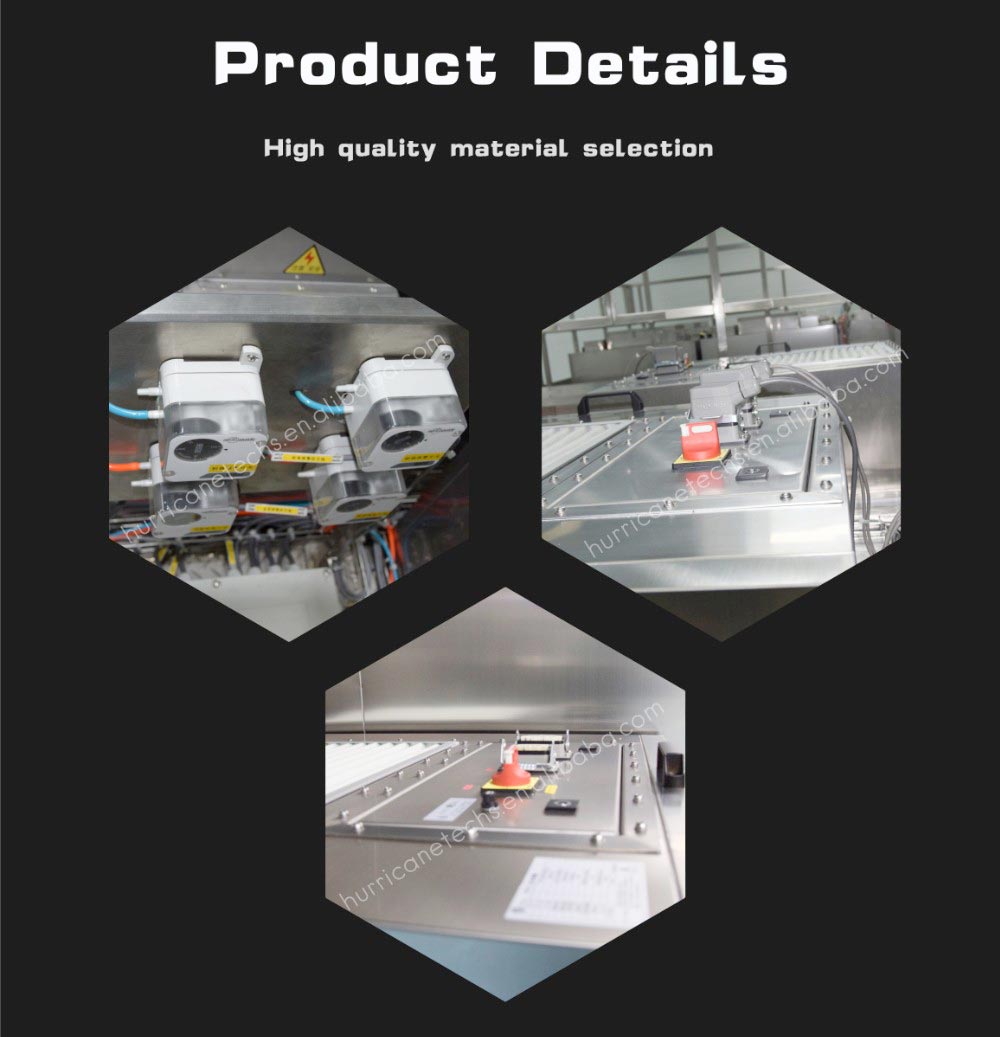Cleanrooms, also known as cleanrooms, are often used as part of specialized industrial or scientific processes, including the manufacture of pharmaceuticals, integrated circuits, CRT, LCD, OLED and LED displays. What are the basic principles of clean room design in general?

Cleanrooms are designed to keep very low levels of particulates, such as dust, airborne organisms, or vaporized particulates. To be precise, cleanrooms have a controlled contamination level defined by the number of particles per cubic meter at a specified particle size. Cleanroom can also refer to any given containment space in which particulate contamination is reduced and other environmental parameters such as temperature, humidity, and pressure are controlled.
Cleanroom building materials should not be selected to produce any particles, so an overall epoxy or polyurethane floor coating is preferred. Sandwich wall panels and ceiling panels are made of polished stainless steel or powdered mild steel. Avoid right Angle corners by bending the surface, corner to floor, corner to ceiling, all joints need to be sealed with epoxy sealant to avoid any particle deposition or production at the joints. Equipment in clean rooms is designed to produce minimal air pollution. Only special mops and buckets are used. Cleanroom furniture is also designed to produce the least amount of particles and be easy to clean.